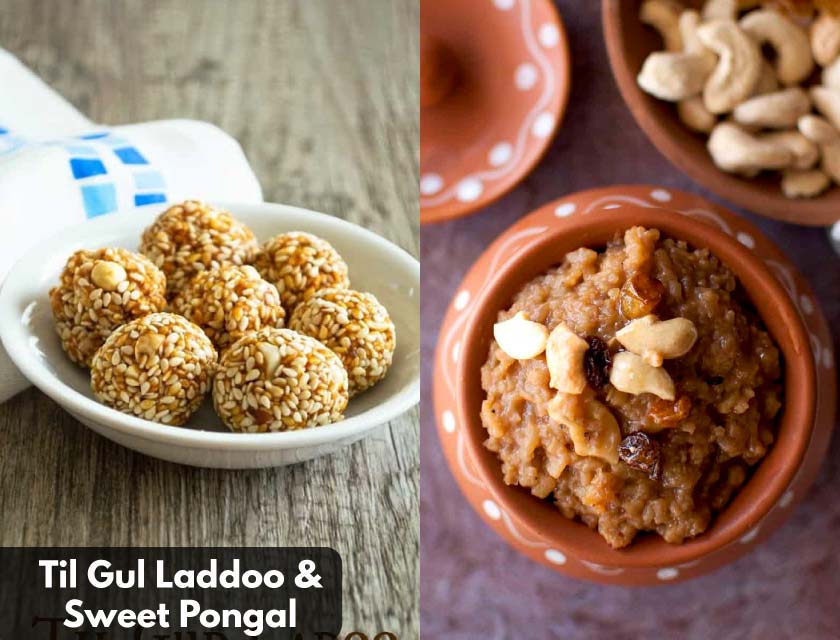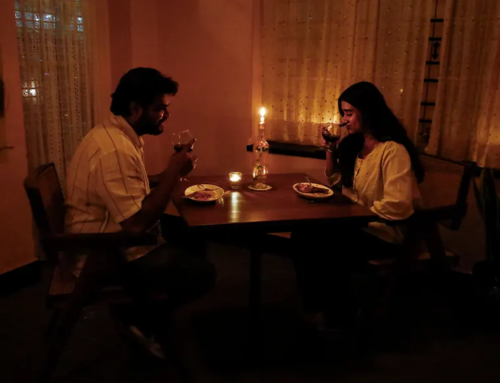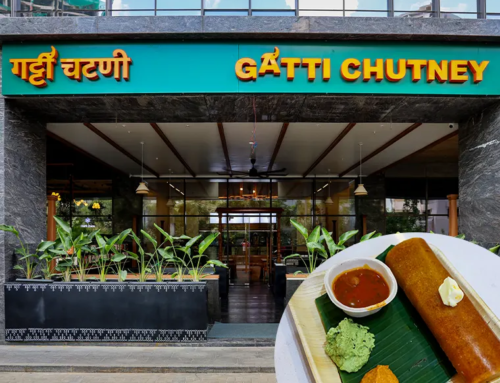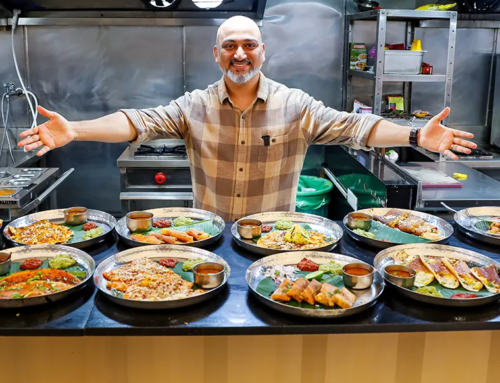The city is all set for a festive weekend with Makar Sankranti, Pongal, Lohri and Uruka.
These festivals mark the beginning of the change in the position of the sun when the day starts getting longer and the nights shorter. This is the harvest season for the farmers and hence marked by celebrations.
Even if the festivals have different names in different regions the food preparation is more or less similar. Like in Makar Sankranti and Lohri offering the Til Ladoos to God and eating it as a delicacy during this festival is common for both. Each food has a significance for a particular season. Enjoying til ladoos in our state or Gujurat or Gajak in the north has the same purpose it that sesame seeds have a tendency to increase the body heat. In the method of making the ladoos we often use jaggery too. A combination of both will help the body to be warm which in turn will boost the immunity.
Sesame seeds are also rich in plant-based protein, good fats, fiber, calcium and magnesium and rich in B Complex vitamins.
The sweets are made in various forms like ladoos, burfi or til poli. For the preparation, we use sesame seeds, jaggery and ghee. All these ingredients are high in energy and so a small quantity is enough to give you a burse of calories and other nutrients.
Pongal is the festival which is celebrated in Tamil Nadu and the other southern states for the same purpose of welcoming the harvest festival. It will start from the 14th of January and extend for 4 days.
During the festival, people prepare rice by cooking it until it overflows. This is considered a sign of prosperity and abundance. One of the most important and popular recipes that are prepared using rice on Pongal is sweet Pongal. Sweet Pongal is a rice porridge prepared with rice, moong dal, ghee and jaggery. This is specially made in the earthen pots.
Talking about savoury winter preparations in Maharashtra, the special ‘Bhogi chi bhaji’ which is a sister of Gujrati Undhiyu is prepared with fresh vegetables that winter offers. Usually, it is cooked with roasted sesame powder and is best paired with Bajra Roti. This entire meal helps in keeping the body warm. Same is the case with unique preparations in Rajsthan like Kacchi Haldi Ki Sabzi loaded with ghee (fresh turmeric is available only during winters) and equips the body to fight the harsh winters in this terrain.
One more such favorite dish comes from Punjab, Makke Di Roti & Sarso Ka Saag. Sarso is in season in winters and is a great source of warmth for the body. Good amount of butter is a mandate while cooking and eating this Punjabi delicacy!
It is quite likely that our mothers and grandmothers knew a great deal about what nutritionists all over the world are propounding today – combine complex carbohydrates with protein for a complete meal. Legumes (lentils, beans and peas included) are a wonderful source of protein, calcium, phosphorus, vit B and iron. They are also rich in dietary fibre, which helps in lowering cholesterol. And when we combine rice and legumes, we arrive at a dish linked with the south Indian festival Pongal.
Each season has a specific crop that are only available in that season. The seasonal crop is always loaded with nutrients as the best of environmental conditions are available for its growth.
Always make it a point to consume the foods that are local, season specific for getting maximum health benefits.




